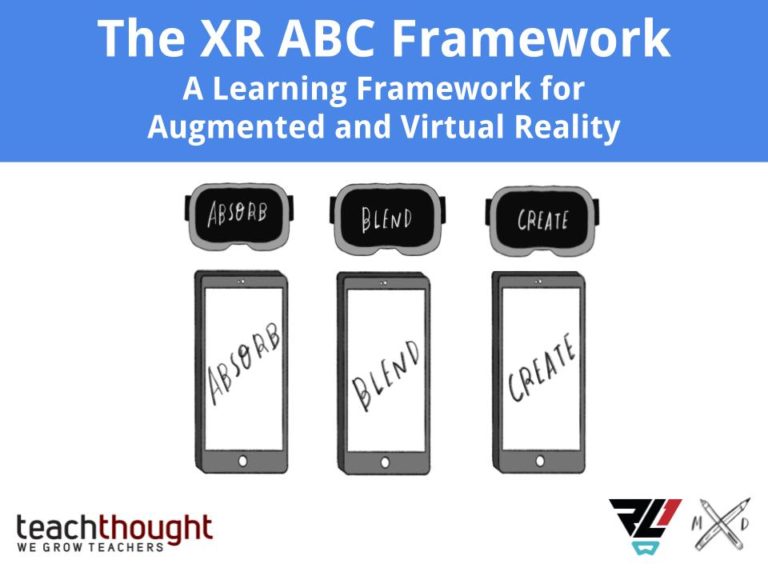The virtual classroom has become this environment where you can access information from experts all around the world and it has truly become a melting pot of knowledge for the workforce, educators, and learners. But because the learning environment is now global thanks to resources such as YouTube, Netflix and various website tools, it’s much more complex. If you’re facilitating a global virtual classroom you not only need to manage the group dynamics as well as the overall feel of the class – but you will also need to have a strategy in place to identify and reduce cultural and language barriers, and the same would apply if you were designing a session that the learner would take on their own.
One of the greatest advantages of the virtual classroom is the fact that we now have the ability to reach out to a diverse global audience – often taking your homegrown training sessions to other colleagues or audiences around the world.
However, creating programs that work globally is not as simple as just putting that materials together into a virtual classroom. You need to ask the question:
“If it works here, would it work over there?”
Designing a global virtual classroom takes some thought and is a team effort. You need to coordinate with your experts, plan your sessions and understand who your learners are as well as what their cultural backgrounds are, and in some cases you may have multiple cultures in the classroom.
As a facilitator, you need to recognize how culture can influence the classroom, and this includes virtual settings. Being able to read a learners body language along with the tone of their voice is just as important as it would in a real-world setting. This is called having Virtual Presence and it is important for managing your classroom, tackling communication issues, and addressing cultural differences, if you’re in a Zoom conference or leading a session in full VR through sites such as AltspaceVR or Spatial.
Thanks to technology, the workforce and K12 learners are able to jump into any virtual classroom through a VR headset, desktop computer, laptop, and a tablet. We can even join a virtual class through audio via podcasts and live streams. It’s no longer learning in a physical classroom at a specific time. We have the ability to learn when and where we want. This means you need to understand your virtual global classroom.
This is supported by informed design.
As a learning producer, you will need to think about how your own culture would interact and affect the way new knowledge is delivered in the learning environment. You’ll also need to recognize the influence that different cultures will have in the classroom, and then adjust your instructional design to accommodate for differences in your global learning environment.
- Think about your audience, and design your session to be more exercise based versus a lecture. This will keep your learners together as a class where everyone is participating.
- Design a pace that will allow for questions, and encourage your participants to participate in the conversation by allowing them to bring in their own experiences and expertise to the classroom.
- Capture important information from discussions and type them into chat to ensure understanding. Your learners will be able to revisit the text thread for follow up.
- Keep in mind that your audience will be able to access the learning materials live or through blog posts, podcasts, and other curation sites. But more importantly, keep in mind that you’ll have a diverse audience.
Establishing and maintaining this cultural intelligence competency is a process that will be ongoing for everyone involved. This means that new members of the training team along with new learners, will need to adjust to this learning environment, and honestly, no individual will completely master this skill; because the virtual classroom audience is always changing with a mixture of cultural identities. But by creating a foundation of understanding and awareness, the training facilitator will be able to adjust accordingly to support cultural diversity in the virtual classroom.
In the end you will have learners who appreciate your efforts to be aware of cultural differences, be engaged in the material that you are going over, and in turn can become on-the-spot coaches for future learning sessions.
Bobby Carlton is the Executive Director of Immersive Learning for Ready Learner One LLC and a writer for VRScout, as well as being a guest writer for STRIVR. He is an expert in AR/VR technology in the workplace and for socialVR/AR. He has been a panelist and/or moderator in virtual events held in Engage, AltSpaceVR, and Mozilla Hubs as well as real world events such as Learning Conference, Training Magazines TechLearn and their Training Expo and Conference. Lastly, he has published works with AIXR and the Masie Center, and is the technology expert on the UK’s nationally syndicated TalkRadio and TalkSport. Follow Bobby on Twitter at @bcarlton727


